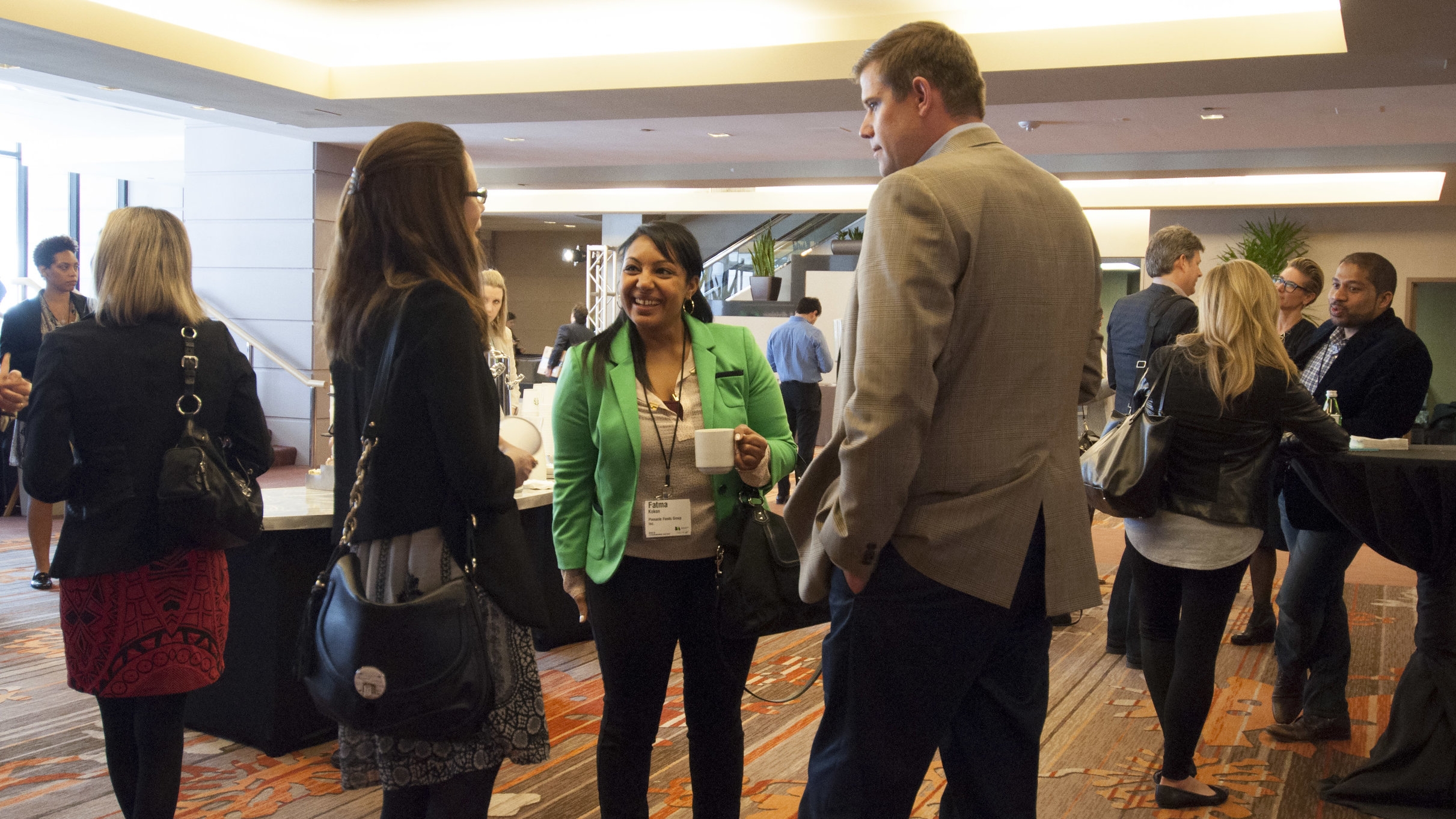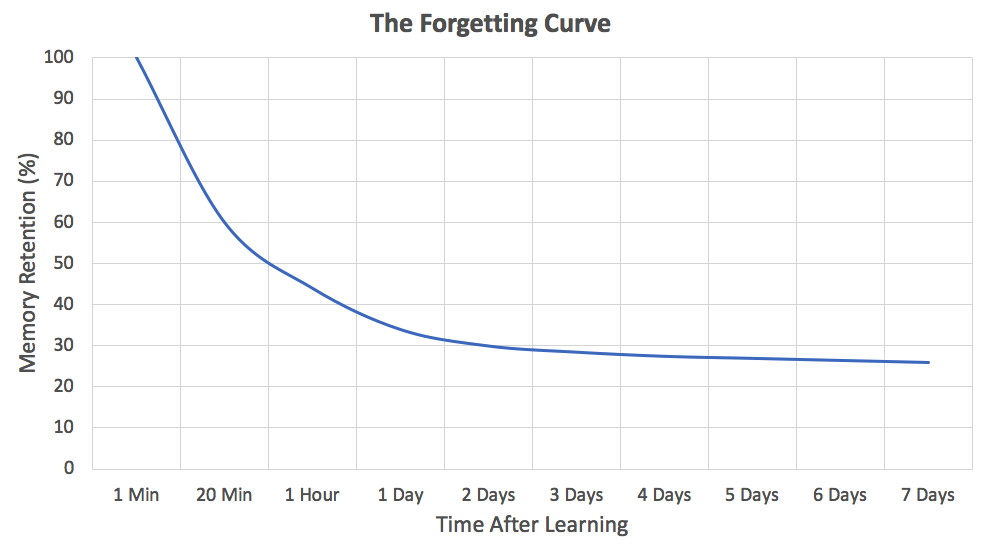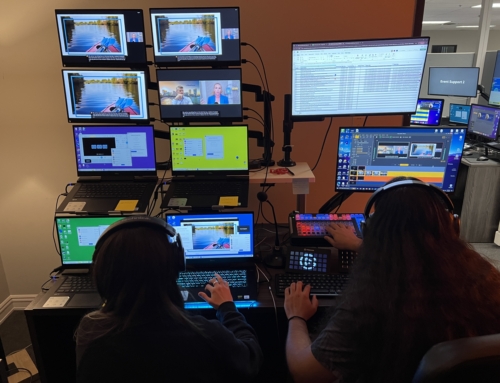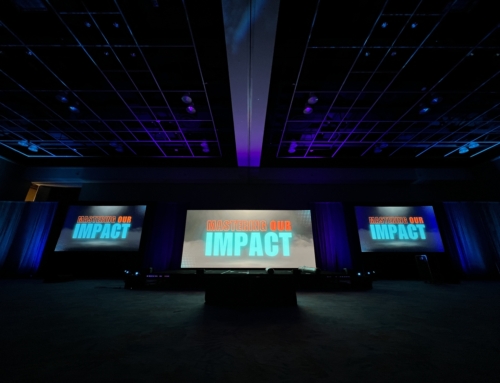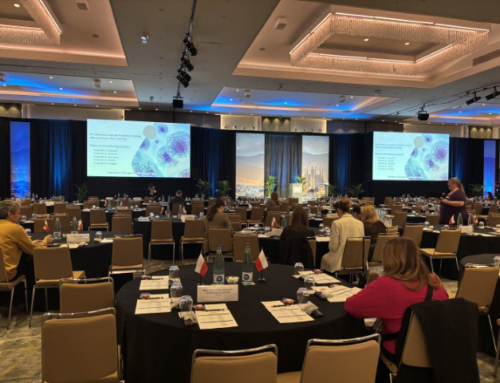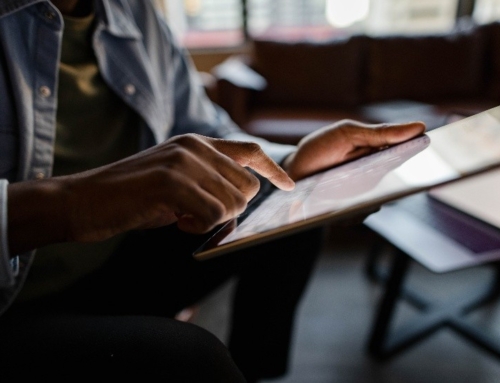Companies spend a lot of time, money, and resources on training and educating their employees. Employee training is a $90.6 billion dollar industry, with sales training alone accounting for upwards of 6% of the company’s sales payroll. Two recent studies found that event professionals held an average of 11 training sessions last year and that 71% of attendees prioritize learning while at a corporate meeting.
Learning is second only to networking when it comes to corporate meetings and events. And we’re not just talking about formal education and professional development. Learning can take place in nearly any meeting environment – maybe you want to make sure your employees remember feelings of camaraderie after a rewards ceremony or your board members retain your company values. A meeting planner should always keep “remembering training/messages” as a post-event goal and an example of ROI.
Unfortunately, people are terrible at it.
Did you know that humans are built to forget?
In the late 1800s, a German psychologist, Hermann Ebbinghaus, tested how quickly we forget something after we learn it. He discovered that memory loss is rapid and immediate. This “Forgetting Curve” shows that our memory decreases exponentially after learning something new; we retain about 45% after an hour and 20% after a month.
It makes sense – the brain doesn’t want to waste energy remembering information that isn’t important or you don’t use on a regular basis. Think back to the last time you crammed for a final exam at the end of the school year. How much did you remember after summer break?
This forgetting phenomenon continues to live on in our adult working lives.
How to Dodge the Forgetting Curve
Ebbinghaus didn’t just discover the forgetting curve, he also uncovered how to avoid it!
First, create strong learning experiences. Learning that is vivid, sensory, interactive, individualized, and exciting creates “stronger” memories that are harder to forget. Keep content personal and engaging.
Then, employ the “spacing effect” reinforcement model. It’s easier to retain information that’s repeated over spaced-out intervals. Jogging your memory after a mental break tells your brain “Hey, this information is too important to forget because I keep seeing it over and over again”.
Read on for ideas to make your meetings memorable and relevant.
How do you create strong memories?
1. Grab the attendee’s attention
Keep attendees engaged so they are more apt to remember their training. Implement interactive features, such live polling devices, gamification apps that track education process with leaderboards, or soft microphones that can be tossed around the room during Q&A.
Read more: Brainstorming Attention Retention
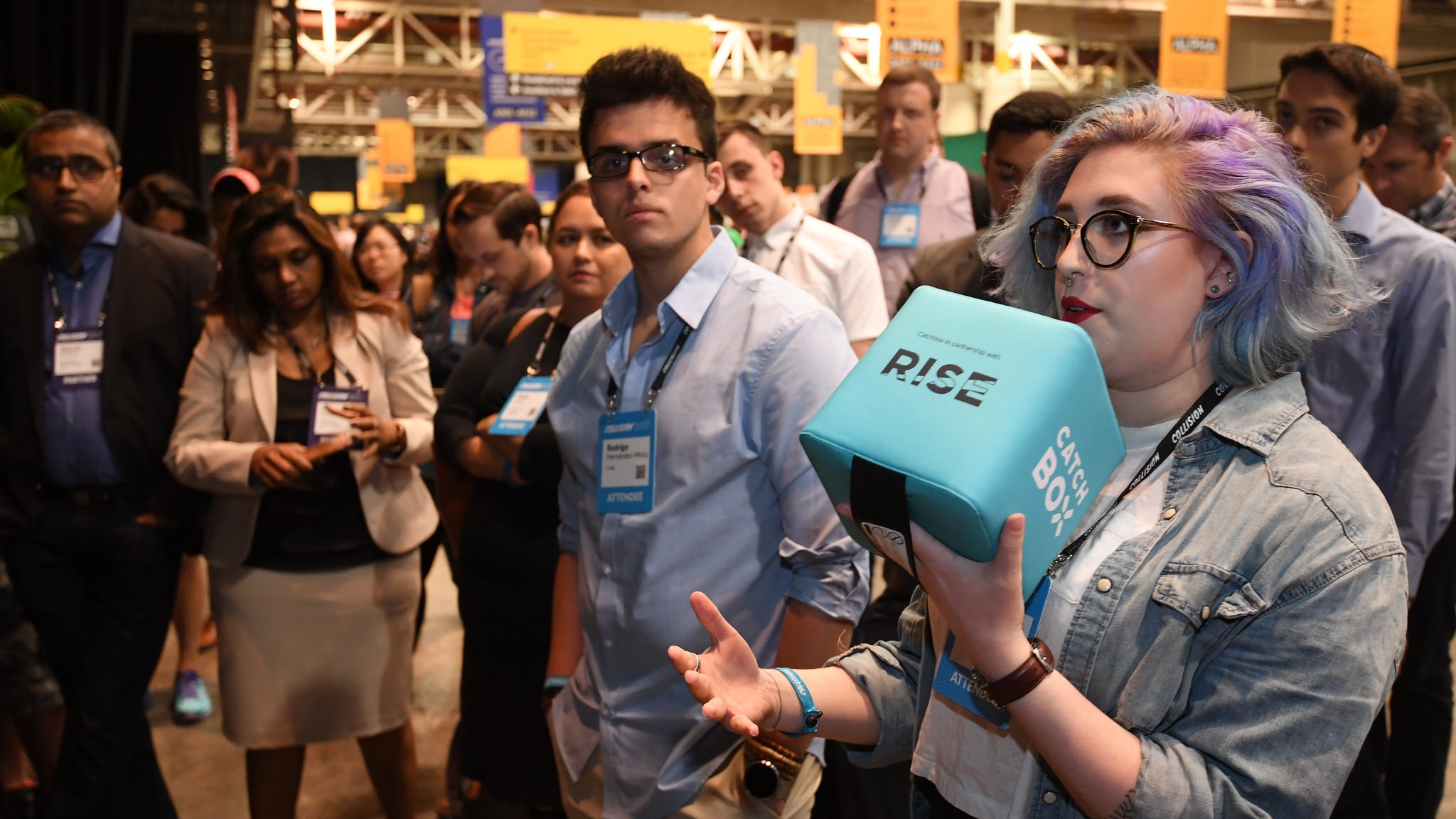
2. Personalize and individualize
Make sure your attendees understand why they should care about what they’re listening to. Book keynote speakers, panelists, and session leaders that tell animated stories and relate the information to your attendees’ professional work. An inspirational anecdote about climbing Mt. Everest is exciting to hear, but there’s a greater learning impact if it circles back to your sales team persevering through tough leads.
Also, encourage social sharing to make your attendees feel connected and invested in the event. Include a hashtag on conference branding materials, run a photo contest, or display posts live on a video feed.
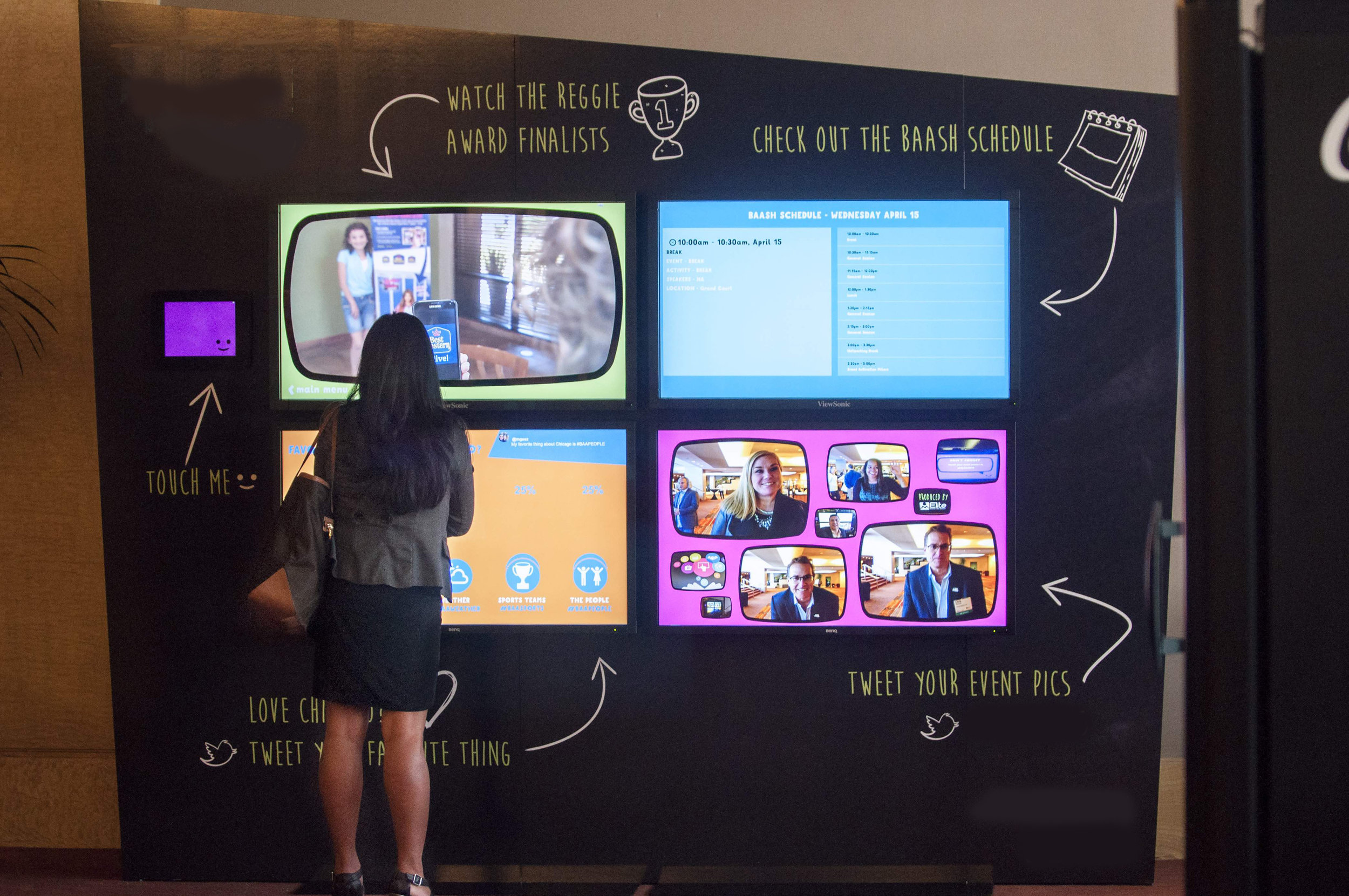
3. Be hands-on and interactive
Hands-on elements that let attendees practice what they’ve learned is great for memory retention. Work practical setups into your event schedule, such as labs, workshops, and group exercises. For example, pair off attendees to practice new customer service techniques. Or incorporate a live demonstration or video of a new product. Or create a game show with audience participation. Get creative!
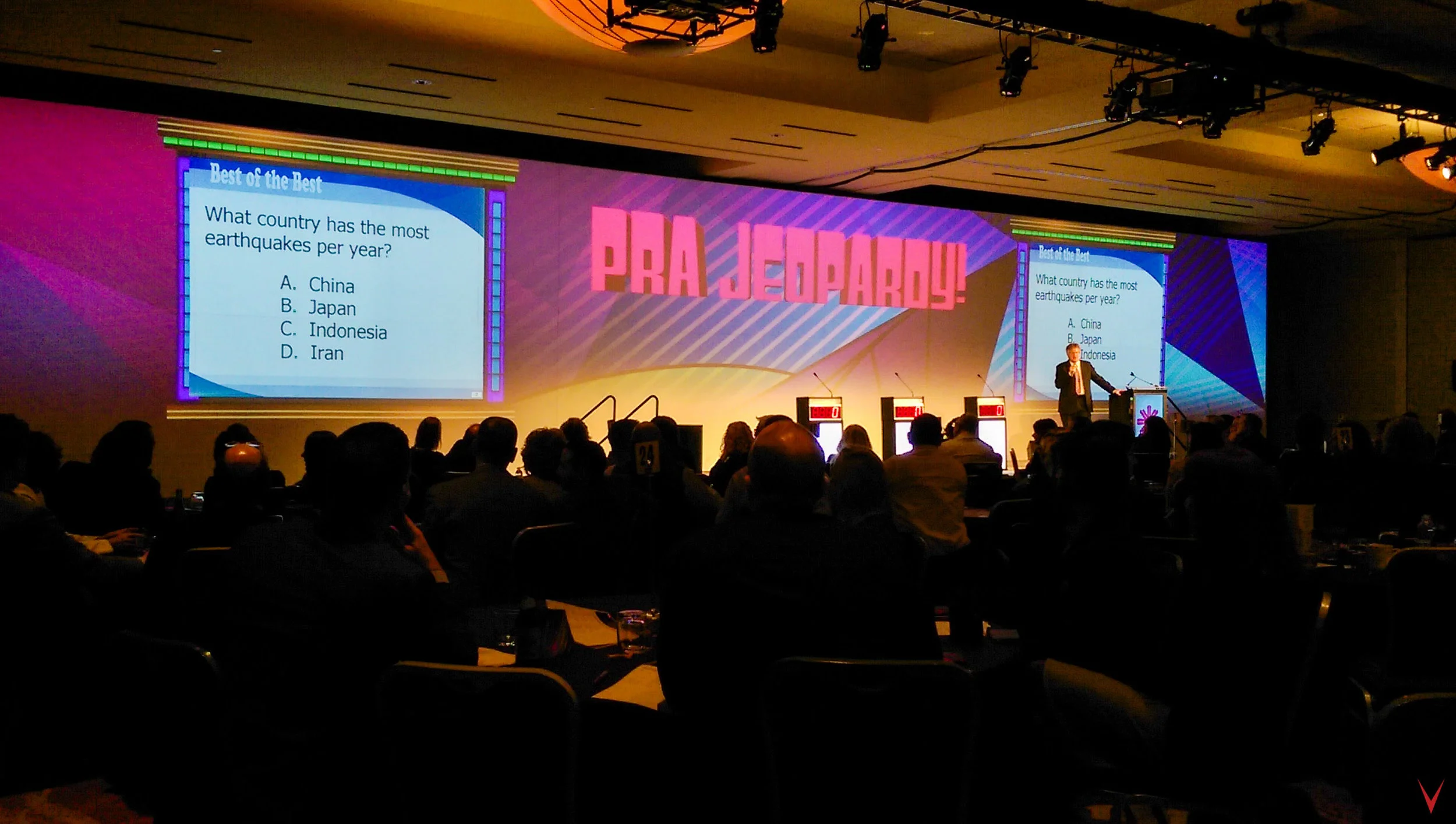
How do you reinforce learning?
4. Repeat, repeat, and repeat again
Repetition is imperative to remembering. Repeat key themes and ideas throughout the event. For example, if you want your salespeople to remember a new product’s top features, you could hand out an informational packet upon arrival, conduct a live demonstration during a mid-morning session, and then organize a peer-to-peer workshop to practice in the late afternoon.
After the event, deliver bite-sized chunks of the most important takeaways to your attendees. You can easily repurpose your conference’s content by recording live web conferences, professionally filming the event, or compiling presentation slides. In our new product example, you could send recap video of the product demo a week after the conference, and then subsequent eblasts with content pulled from your speakers’ slide decks.
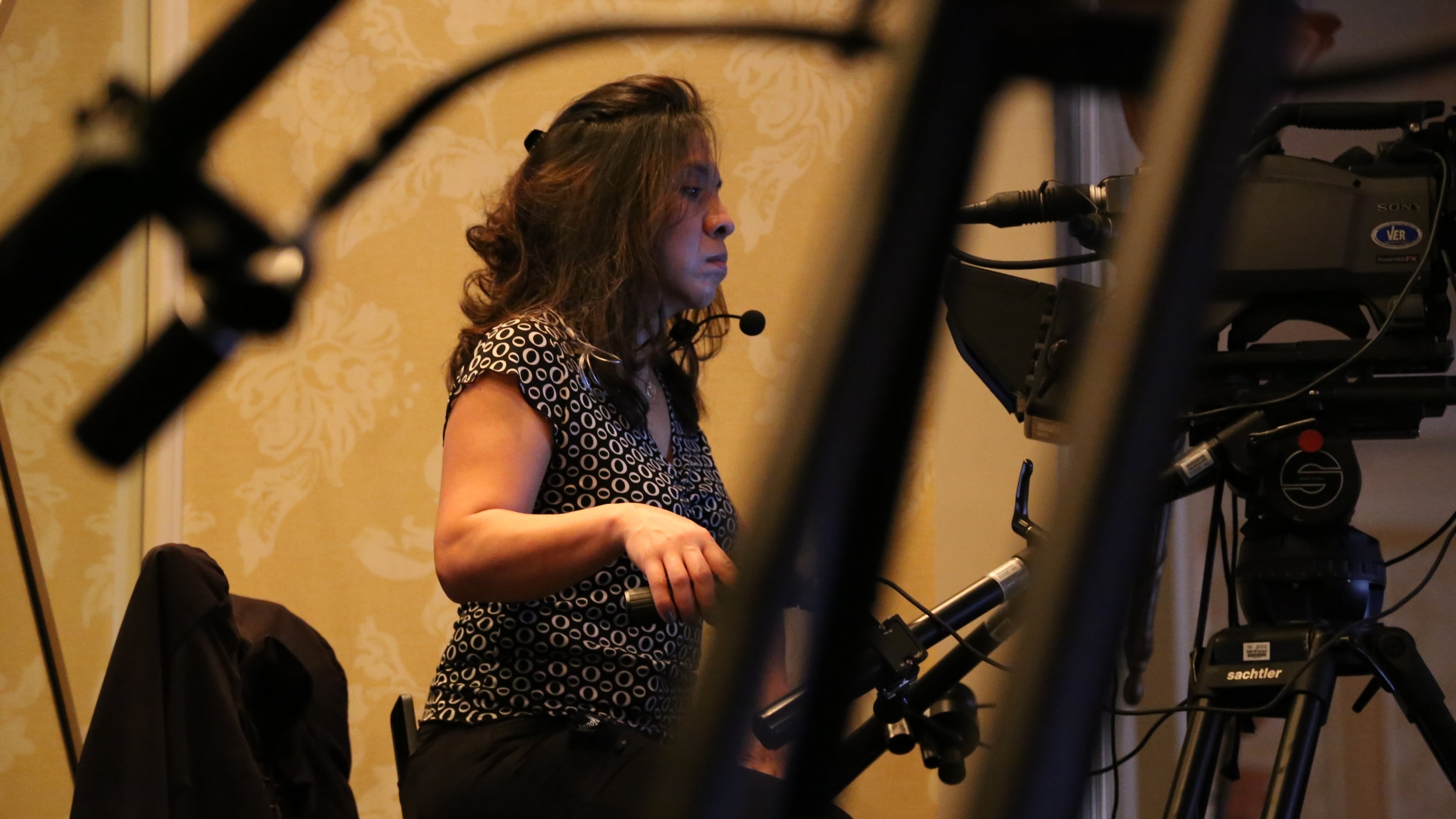
5. Create a comfortable environment
Don’t forget that your brain also needs a breather. If attendees are constantly bombarded with new information, they’ll burn out! Incorporate content-free breaks with healthy snacks or exercise sessions. Transform a presentation room into a break area by calming lights and harmonious sounds. Attendees can use this time to reflect on what they’ve learned, talk to others outside of the session, and refocus on what’s coming next.
